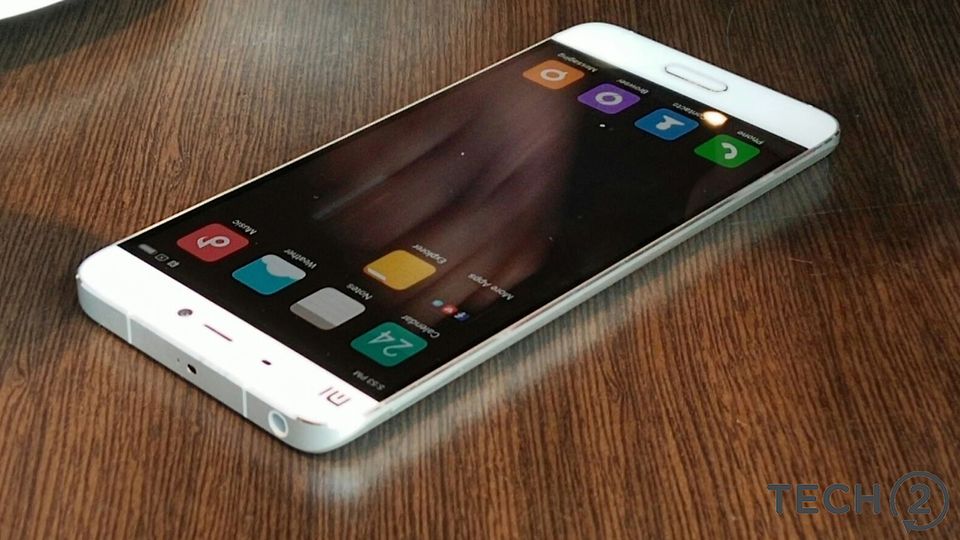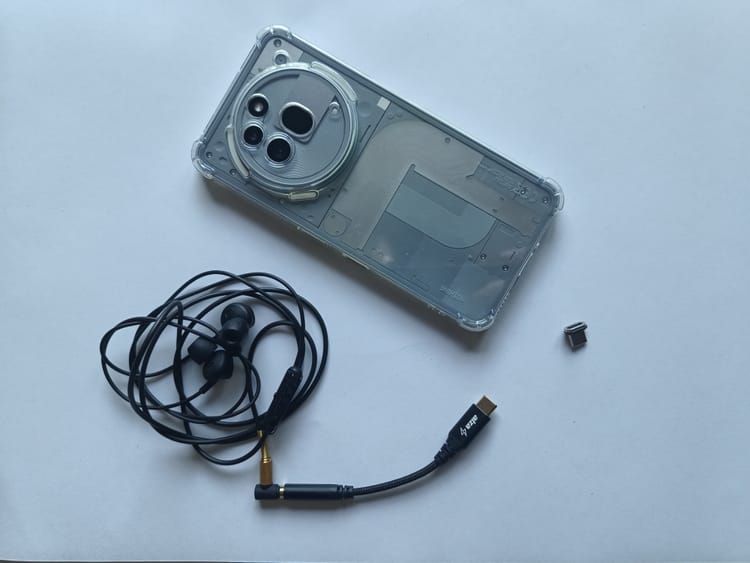Moving from Windows Phone to Android

I'm a fan of Windows Phone. I like the design and the UX way more than its competition. I'd been a satisfied user of WP8.1 for years. However, since my old phone had died and I had to buy a new one, and Windows 10 Mobile turned out to be slow and buggy to the point of being completely useless, I had to switch. This post documents the good, the bad and the ugly of my experience. (Note: I'm I'm not at all convinced of iPhone's superiority, but even if I were, its price is prohibitive. I stick to cheaper phones. My last two WP were under 160€.)
Leaving Windows
There's a lot to like on WP. The UX was pretty consistent, I always knew where everything was. The multimedia controls (play/pause and volume buttons) were globally shared and easily accessible, which I thought was such a basic necessity, it didn't even occur to me to suspect they might be hard to replace on Android. And yes, there were fewer apps than on other platforms, but the only one I'd actually missed was an OpenVPN client.
As for migrating my data to a new phone: once again, migrating to Windows was much more pleasant than migrating from it. WP came pre-installed with an app that connected to your old phone (Android, in my case) via bluetooth and downloaded all contacts and data.
It was more difficult the other way around: Google Contacts offered a third-party service that could auth against MS Live and download contacts from there, but it had its issues and I'd lost some phone numbers. (Seems the issue was with contacts that had more than one number.)
Tuning Xiaomi
I asked friends for tips and settled on Xiaomi Mi5. It really is quick, feels snappy and nice. Apps start within seconds, not (literally) a minute, as was the case with Windows 10 Mobile.
The Android's UX is still almost as bad as I'd remembered - having all icons dumped on my screens is annoying and cluttered, and the disparate widgets interspersed between them are visually jarring. However, I'd learned there are things called "launchers" that can largely fix this - I'd tried several and ended up using the Arrow Launcher, made by Microsoft, funnily enough.
Related to them are "lock screens" - but from what I'd seen, if I used them, I might jeopardise my phone's security, so I'm giving them a pass for now. (Though some of them, like Next, looked interesting.)
Surprising lack of good default apps
This is one of the issues I really didn't foresee. When I first started up any of the three Windows phones I'd used, I immediately had some good default apps: an mp3 player, a gallery, outlook for emails. It didn't even think about it, and never really wanted to change them.
When I started up my Mi5, there most of these basic apps were installed in two or three versions - at least one by Google and one by Xiaomi as the part of MiUI. Surprisingly: all of them sucked. The audio players scanned my entire phone and included files they had no reason to touch; various behaviours were counter-intuitive or annoying. The MiUI gallery didn't show all the pictures, et cetera. I was willing to pay for a decent alternative, but even they were hard to find. (I'd even found a gallery app that I quite liked, but couldn't find any way to have the ads removed, so I had to ditch it.)
I ended up using PowerAmp for music, Gallery, and Outlook for e-mails and calendar.
I settled on an RSS reader and a Pocket client, but they're of the "in the land of the blind, the one-eyed man is king" variety. (If you're interested, the ones I liked on WP were Nextgen Reader for RSS and Owl Reader for Pocket.) And I still didn't find a Mahjong app that I find pretty enough.
Some problems still remain: most of the default apps can't be uninstalled, and the MiUI Calendar app crashes and displays an error after every phone reboot (even if it isn't allowed to run on startup and I don't touch it in any way.)
Other issues
My main gripes here:
- the phone sometimes randomly reboots. That's disconcerting. And it resets a part of system settings.
- the "notification shade" could use a tune-up. I was used to seeing a lot of notifications at a glance; now every one of them takes way too much vertical space and I can only see about 5 of them at once.
- the audio controls. I really miss the WP feature where I could just press the volume up/down buttons, and player controls and song info popped up. I used those very often. Now I have to wake the phone up, drag down the notification shade and hunt for the buttons inside a notification. Which sometimes isn't there - PowerAmp closes the notification way too often and I have to unlock the phone and navigate to the app directly.
- the alarms didn't ring on multiple occasions, and I'd missed buses because of that.
Also the bluetooth seems to have issues sometimes - I have to turn it off and on again, because the connection stops working.
Things and apps I like
There's a lot to like about the phone. Arrow Launcher got rid of the most annoying UI elements. (Although it can't do much against the crappy widget design, it can at least bunch them together.) It is quite snappy.
I fell in love with Smart AudioBook Player. It only does one thing, and does it very well.
Microsoft's Office Lens, OneDrive and OneNote are as good as expected. I can also recommend AirTable, ProtonMail and Discord (more on that here). I'd probably also recommend Wire, but I don't really have many people to use it with.
Summary
Overall, the move went smoothly. However, it did require a lot more tuning, tweaking and digging through settings and the app store, than it did when I did the switch from Android to Windows Phone. Most of my remaining complaints are against the UX - be it the system itself, or many of the the apps.
If you're looking for a decent phone, I can recommend the Mi5 with no hesitation. (Yes, Mi6 came out recently: but it's way more expensive and has no 3.5mm jack, so I'm not interested.)
Cover image taken from firstpost.com

Comments ()